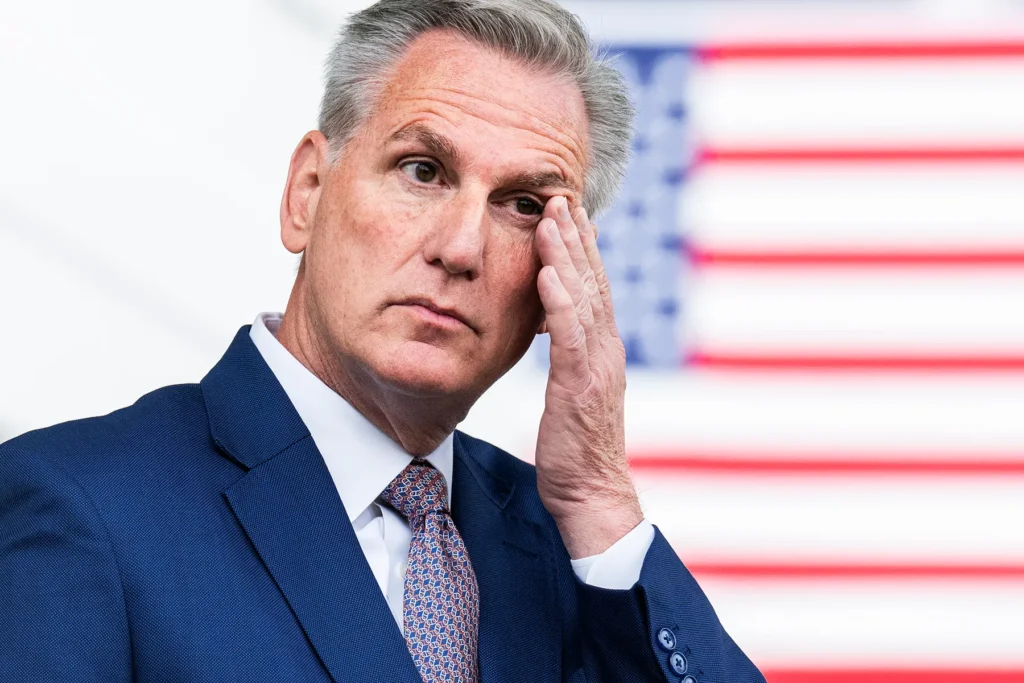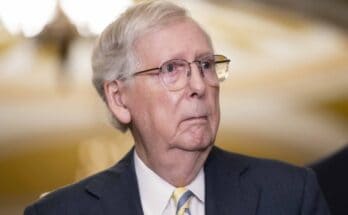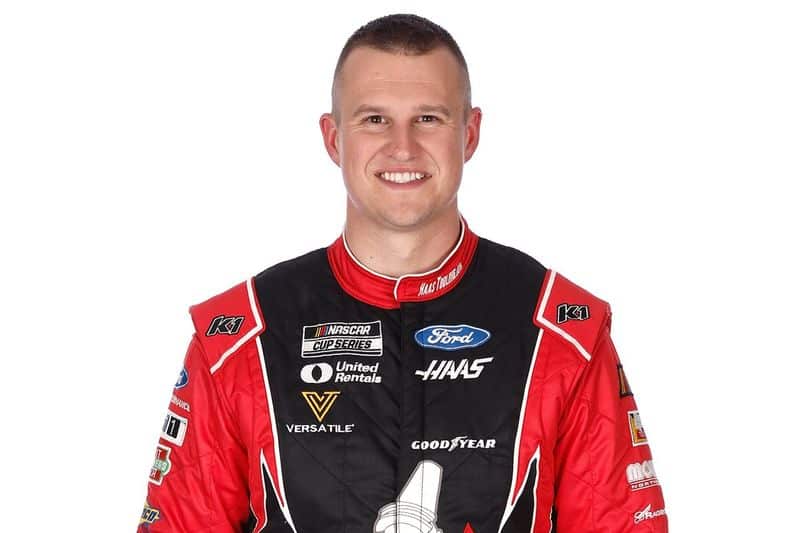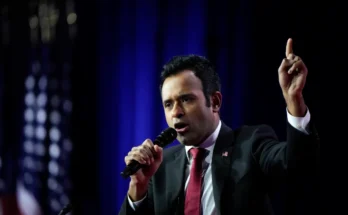
Honoring Tradition: A Culinary Journey Through Native American Cuisine
Introduction:
Native American cuisine is as diverse and rich as the cultures and traditions of the indigenous peoples of North America. For centuries, these communities have cultivated a deep connection with the land, drawing sustenance from its bounty and creating unique dishes that reflect their heritage and values. In this exploration of Native American food, we’ll delve into the history, ingredients, cooking methods, and cultural significance of these culinary treasures.

Understanding Native American Cuisine: To truly appreciate Native American cuisine, it’s essential to understand the deep-rooted connection between food and culture within indigenous communities. Food is not merely sustenance but a reflection of spirituality, identity, and communal bonds. Traditional cooking methods, such as pit roasting, smoking, and drying, have been passed down through generations, preserving both the flavors and traditions of Native American foodways.
Ingredients:
Native American cuisine is characterized by its use of locally sourced, seasonal ingredients that are deeply ingrained in the land and ecosystems of each region. Staples such as corn, beans, squash (known as the “Three Sisters”), wild game, fish, berries, and herbs form the foundation of many traditional dishes. These ingredients are not only nourishing but also symbolize the interconnectedness between the people and the land they inhabit.
Cooking Methods:
One of the most iconic cooking methods in Native American cuisine is pit cooking, where food is slow-cooked in underground pits lined with hot stones. This technique imparts a smoky flavor and tender texture to meats, fish, and vegetables. Smoking and drying are also prevalent methods used to preserve food for long-term storage, allowing communities to sustain themselves through harsh winters and lean times.
Traditional Dishes:
From the hearty stews of the Plains tribes to the seafood-rich feasts of the coastal nations, Native American cuisine encompasses a diverse array of dishes that vary by region and season. Some notable examples include
- Frybread: A beloved staple in many Native American communities, frybread is a simple yet delicious flatbread made from flour, water, salt, and baking powder. It can be enjoyed plain or topped with savory ingredients like chili, cheese, or beans.
- Bison Stew:Bison, or buffalo, was a vital source of sustenance for many Plains tribes, providing meat, hides, and bones for tools and utensils. Bison stew is a hearty dish made with chunks of bison meat, potatoes, carrots, onions, and seasonings, simmered slowly to tender perfection.
- Salmon and Feast: Along the Pacific Northwest coast, salmon holds immense cultural and spiritual significance for tribes like the Haida, Tlingit, and Coast Salish. During the annual salmon runs, communities gather to celebrate with lavish feasts featuring freshly caught salmon prepared in various ways, such as smoked, grilled, or baked.
- Cornbread: Corn, or maize, is a sacred crop for many Native American nations, symbolizing fertility, sustenance, and abundance. Cornbread is a traditional dish made from ground cornmeal, water, and salt, often cooked on a hot griddle or baked in a wood-fired oven.
Cultural Significance:
Food plays a central role in Native American ceremonies, celebrations, and social gatherings, serving as a means of honoring ancestors, sharing stories, and fostering community bonds. Traditional cooking techniques and recipes are passed down orally from elders to younger generations, ensuring that culinary traditions endure as living expressions of cultural heritage.
Challenges and Revival:
Despite the resilience of Native American cuisine, indigenous communities face numerous challenges in preserving and revitalizing their food traditions. Historical trauma, forced assimilation, loss of land, and dietary shifts have threatened the continuity of traditional foodways. However, there is a growing movement among Native chefs, activists, and food sovereignty advocates to reclaim and celebrate indigenous culinary heritage.
Conclusion:
Native American cuisine is more than just food—it’s a living testament to the resilience, creativity, and cultural richness of indigenous peoples across North America. By honoring traditional ingredients, cooking methods, and recipes, we can pay homage to the ancestral wisdom and enduring spirit of Native American foodways. As we savor the flavors of frybread, bison stew, and salmon feast, let us also recognize the profound connection between food, culture, and identity in indigenous communities.
Honoring Tradition: A Culinary Journey Through Native American Cuisine Read More





